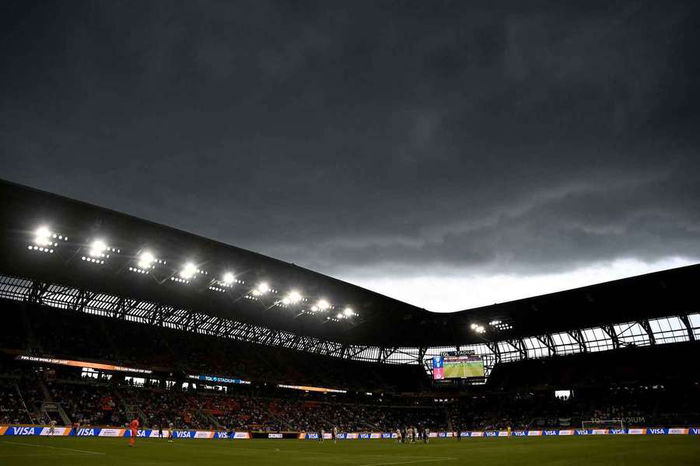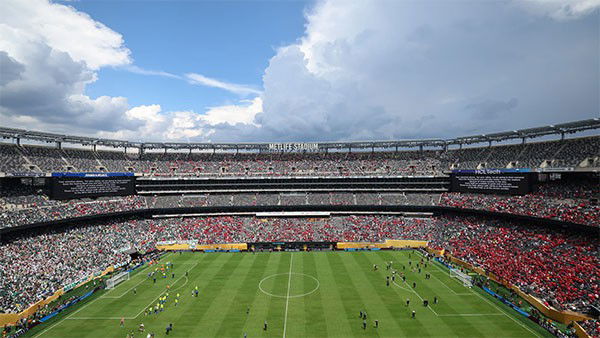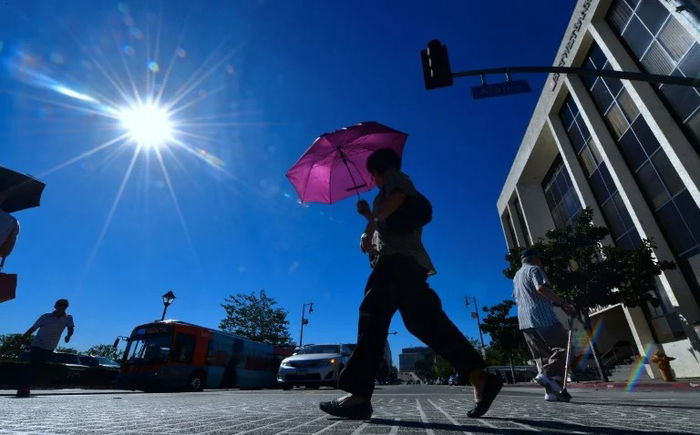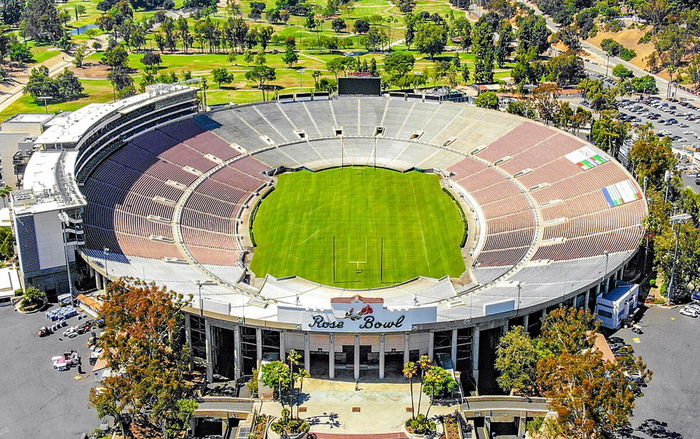Introduction
A defining feature of the first edition of the FIFA Club World Cup has been the frequent interruptions to matches caused by weather-related issues.
In this article, we explore why these interruptions are so common, what exactly is happening with the weather in the United States, and why FIFA chose this particular time for the tournament, despite being aware of the potential complications.
Issues with Match Stoppages

During the Palmeiras versus Al Ahly match, the tournament experienced its third stoppage due to weather conditions, and we are only in the second round of the group stage. This raises the question: “Are further interruptions inevitable in this tournament?”
These interruptions are caused by lightning storm alerts, which are particularly common in the eastern United States at this time of year.
The region is currently in hurricane season, a period that has historically posed significant challenges for the southern and southeastern parts of the country. A recent example is Hurricane Milton in 2024, which displaced millions of people. Luckily, no hurricanes of that scale are forecasted during this tournament.
However, intense storms accompanied by lightning remain frequent, posing continued challenges to the smooth running of matches.
FIFA’s Evacuation Protocol and Coordination with the U.S. National Weather Service

One key measure implemented during these disruptions is the stadium evacuation protocol, developed by FIFA in collaboration with the U.S. National Weather Service. This initiative aims to protect players, spectators, and stadium personnel from the dangers of lightning and heavy rainfall.
Stadium evacuations are a standard procedure in the United States, particularly in the southern and southeastern regions most affected by extreme weather events.
Yet, during the Palmeiras vs Al Ahly match, the weather initially seemed normal. It was hot, with only one storm cloud in the sky. Although it did not rain, the game was halted for 45 minutes. This raises the question: “Is this protocol being enforced too strictly?”

In this particular case, the need for a stoppage appeared questionable. According to FIFA's protocol, however, any lightning detected within 16 kilometers of the match location automatically triggers a stoppage and evacuation. Even though no rain fell on the field, lightning in the surrounding area was sufficient to enforce these measures.
Why Schedule the Tournament During Storm Season?
This question has gained more traction following the third match disruption.
It seems likely that additional interruptions will occur during the group stage, especially in matches scheduled for late afternoons, when storms are more frequent.
FIFA has not addressed the overlap of the tournament with the storm season directly. The tournament dates had to align with the off-seasons of major soccer leagues to ensure that all participating clubs could compete. Unfortunately, this timing coincided with the storm-prone season, and local organizers gambled on mitigation strategies rather than rescheduling or canceling the event.
For the United States, hosting the FIFA Club World Cup is seen as a key rehearsal for the 2026 FIFA World Cup and an important chance to showcase itself on the global stage. It is also a promotional opportunity for American teams and a spotlight for Major League Soccer (MLS).
Other Weather Challenges

At the start of the event, Bayern Munich players voiced their frustration about the extreme heat during their 10-0 win over Auckland City.
The oppressive heat has been another major issue, particularly in the western United States, where places like California and Washington are located. Daily temperatures often exceed 30°C, and UV radiation levels in the region have peaked at the maximum index level of 11.
To protect players from the extreme heat, FIFA instituted mandatory hydration breaks, one in each half of the match. These breaks usually occur between the 30th and 35th minute of play.
California’s stadiums, particularly the Rose Bowl, are poorly suited for intense heat. The absence of roof structures offering field shade worsens conditions for both players and spectators.

Event organizers have advised fans to stay hydrated and use sunscreen, especially during midday matches.
The U.S. Weather Service has called this heatwave unusual and mildly alarming. Back in 2024, it was already predicted that 2025 would see extreme heat levels due to La Niña, a weather phenomenon that cools Pacific Ocean waters.
This climate phenomenon causes the southern U.S. to dry out significantly, and it often hits California particularly hard. The region is already prone to wildfires and scorching heat during the summer months.
Conclusion
If you made it this far, thank you for taking the time to read. I hope you found this article enjoyable and informative.
Feel free to share it on your social media platforms. See you next time!












— 评论 0
, 反应 1
成为第一个发表评论的人